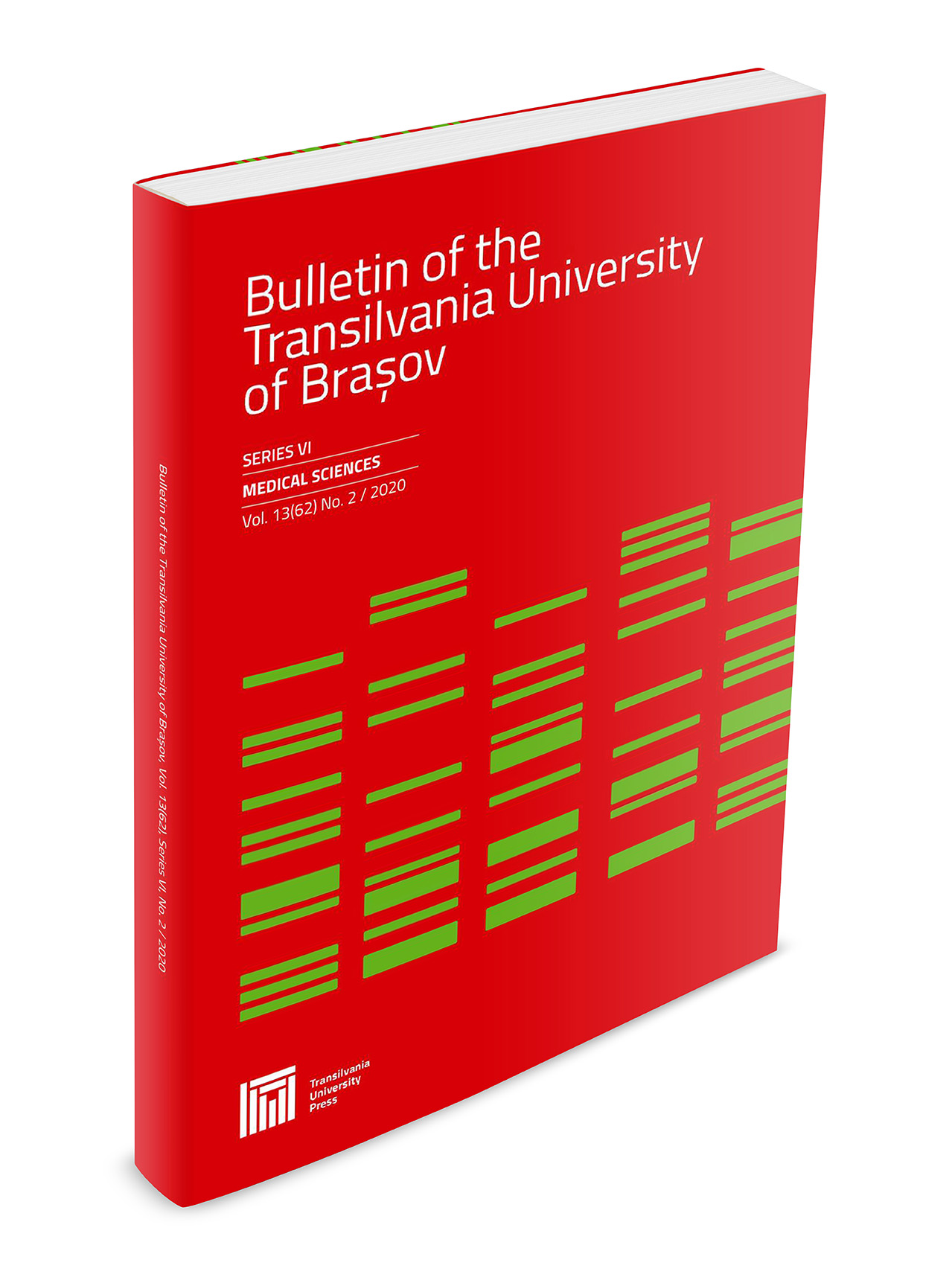Current Interpretation and Importance of Fetal Cardiotocograpfic Monitoring
Keywords:
fetal hypoxia, cardiotocographic monitoring, decelerationsAbstract
Cardiotocography is the most frequent investigation used to predict the condition of the foetus and to detect fetal distress. The validity of the cardiotocography is far from optimum. Due to a sensitivity of 50-60% and a positive predictive value of 50%, cardiotocography needs to be carefully interpreted and associated with more accurate investigations to avoid unnecessary surgical interventions or impaired fetal outcome. Our study included 1498 high-risk pregnancies, which were monitored by cardiotocography. 49% of the cases presented non-reactive or threatening NTS. In the reactive NTS group, the rate of cesarean was 1.96%, but in the pathologic NTS group it was 92,9%. Pathologic NTS was associated with a low Apgar score in 31% of the cases. Our study showed a very high rate of caesarean intervention for impaired NTS traces, with a lower significance of non-reactive NTS, but with a higher significance for threatening NTS, especially for high-risk pregnancies.Published
2007-05-24
Issue
Section
MEDICAL SCIENCES



